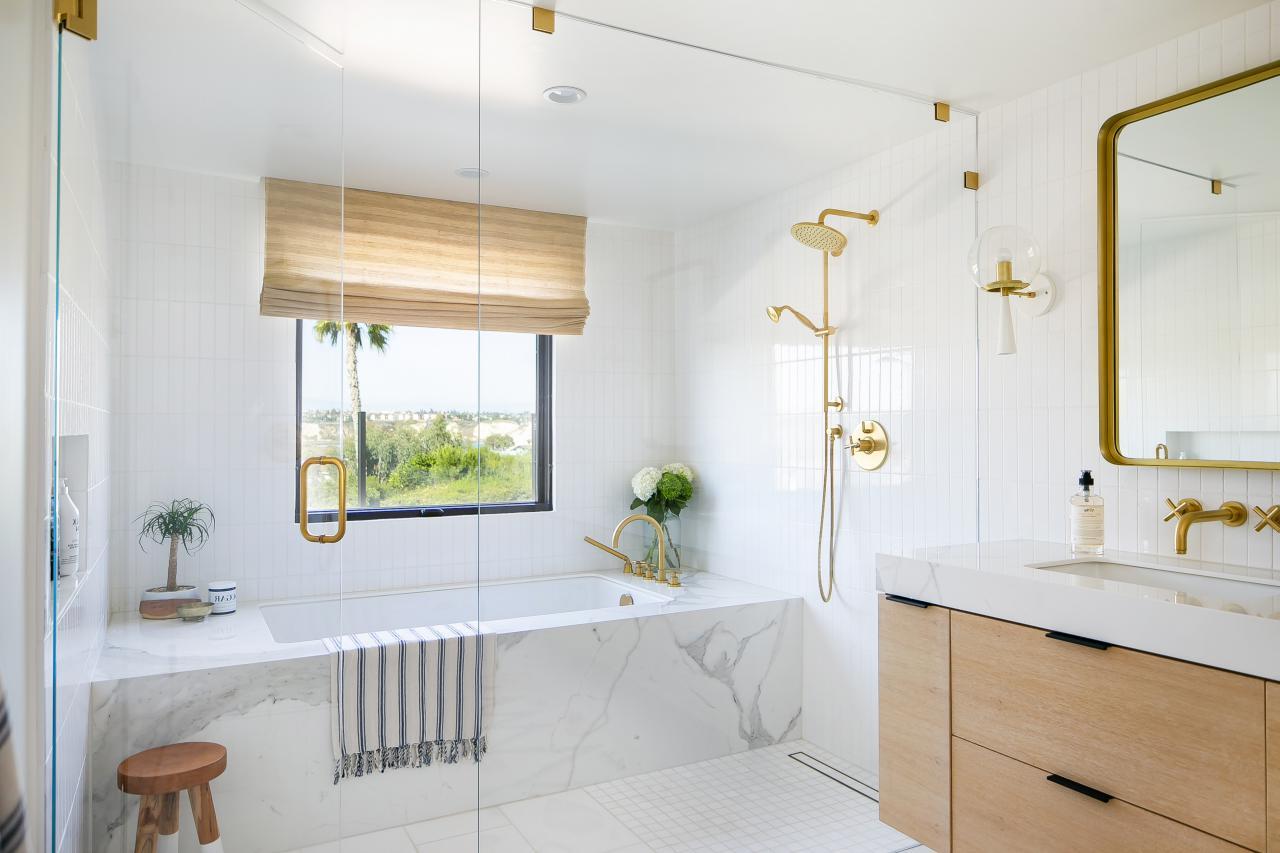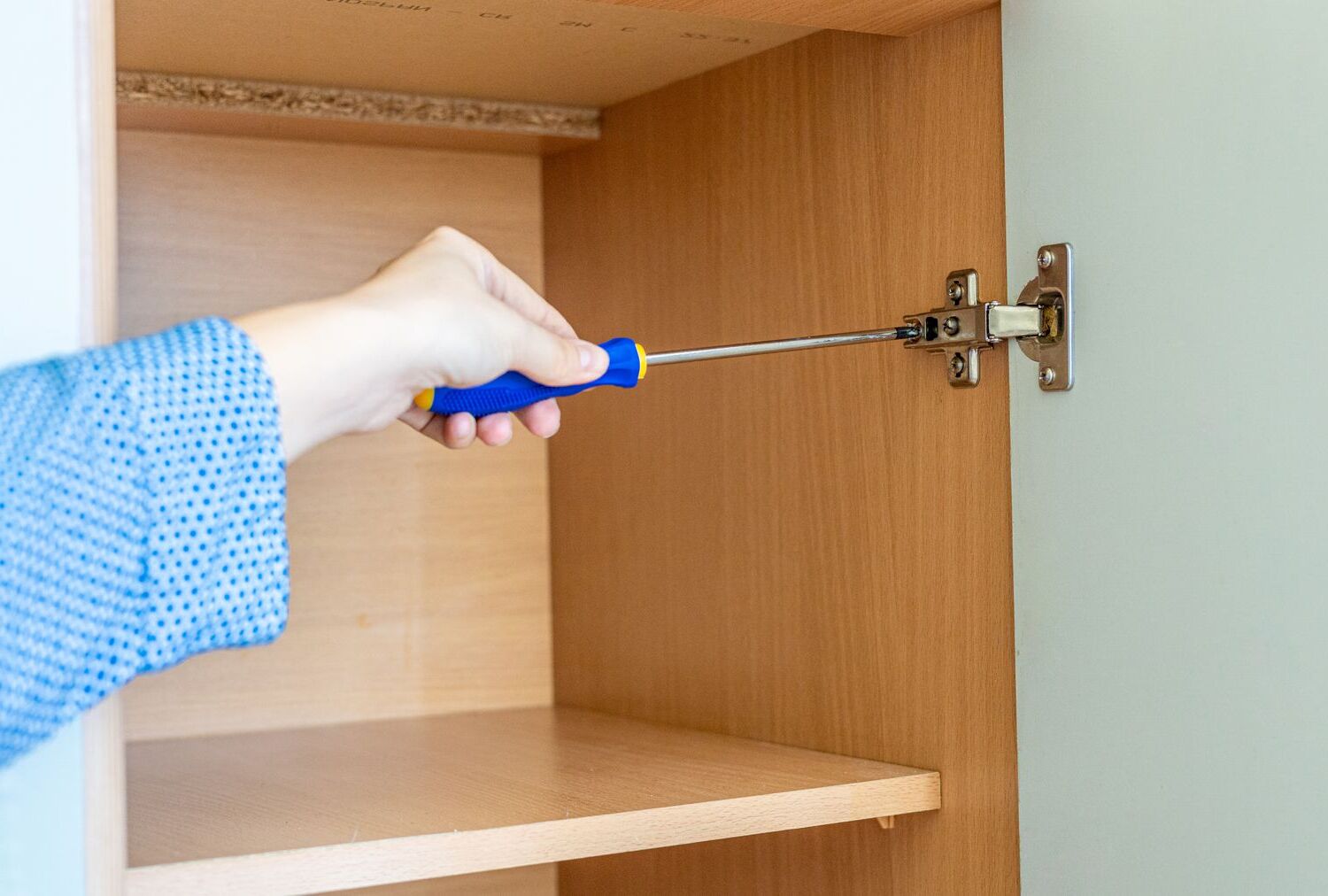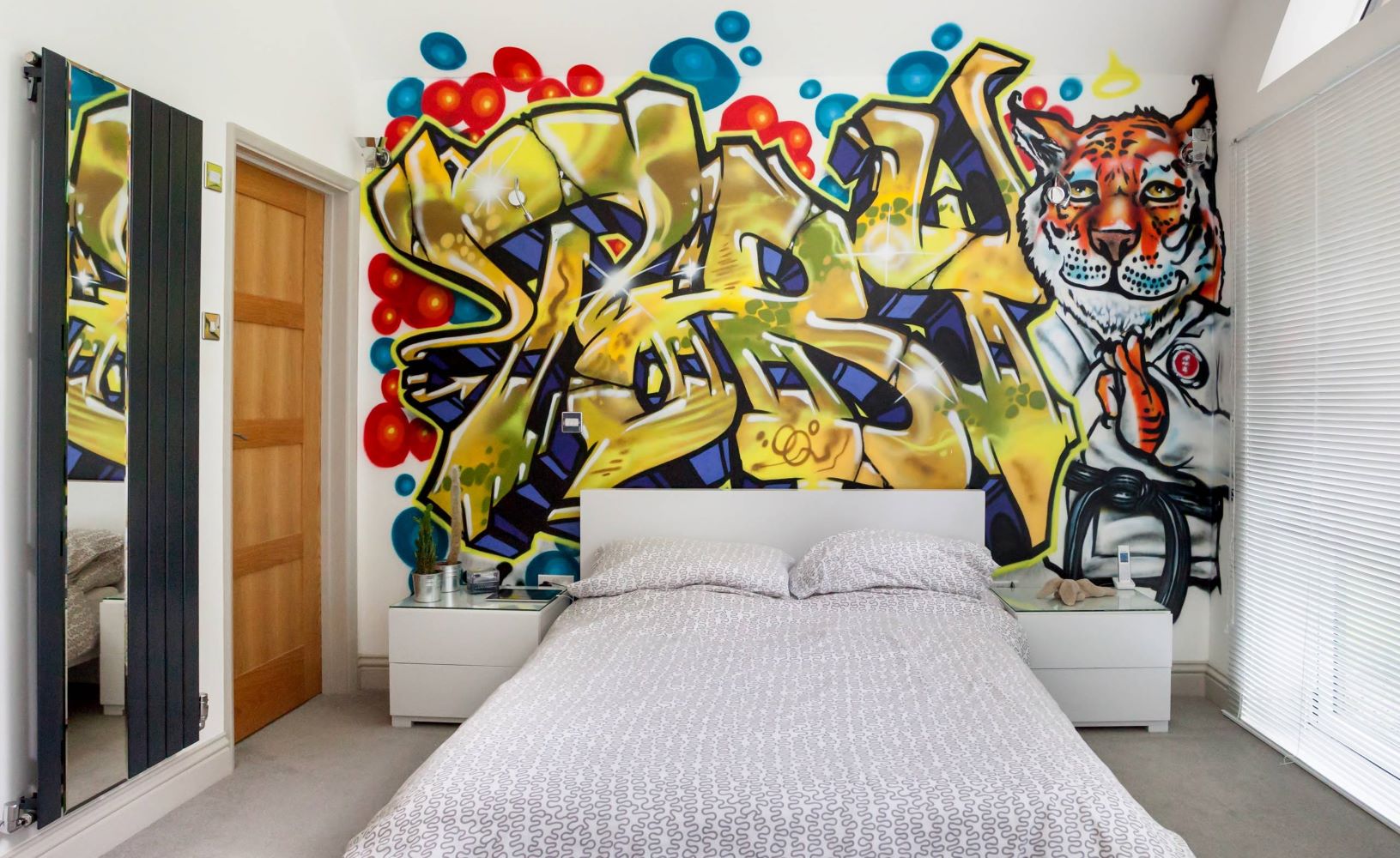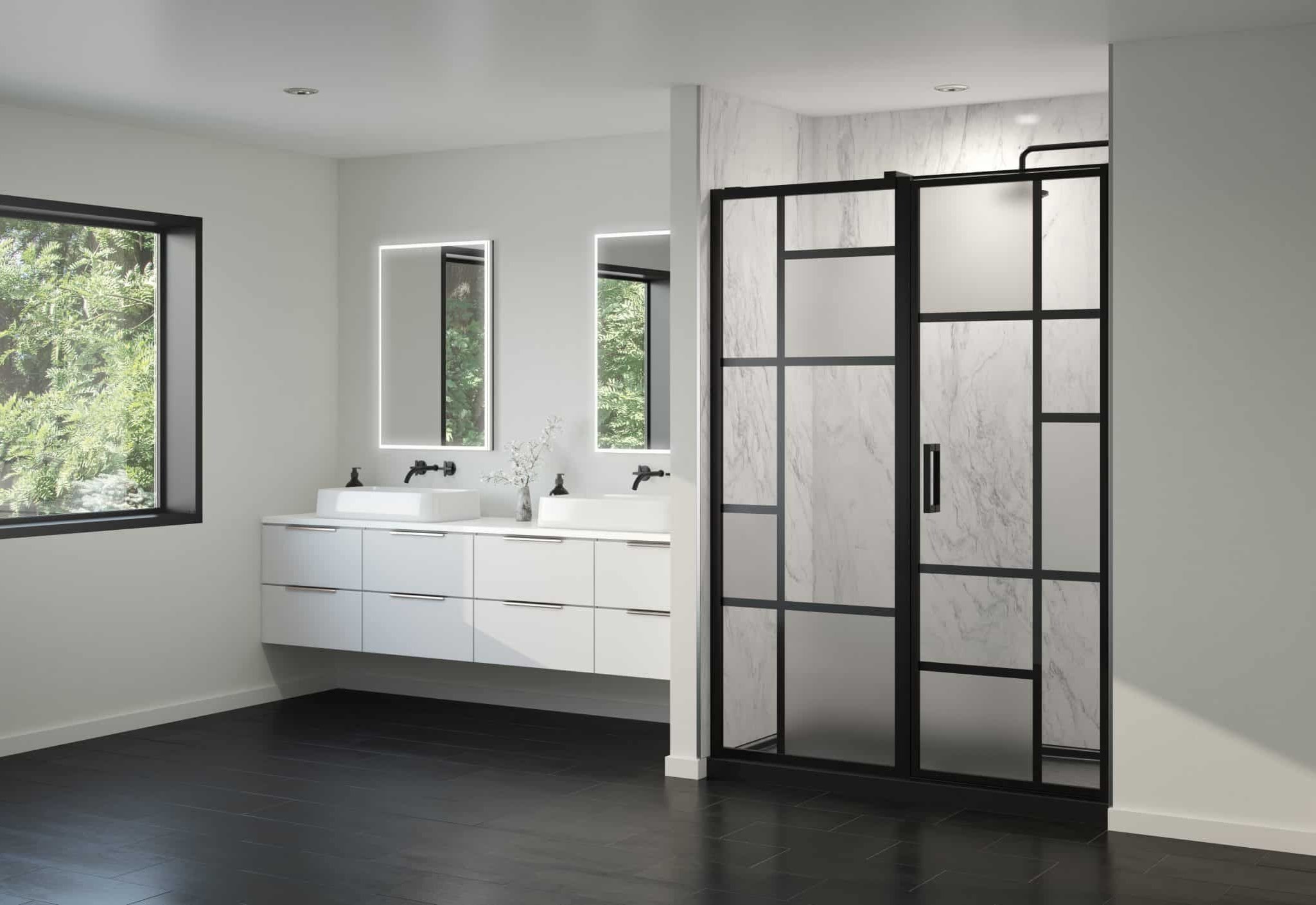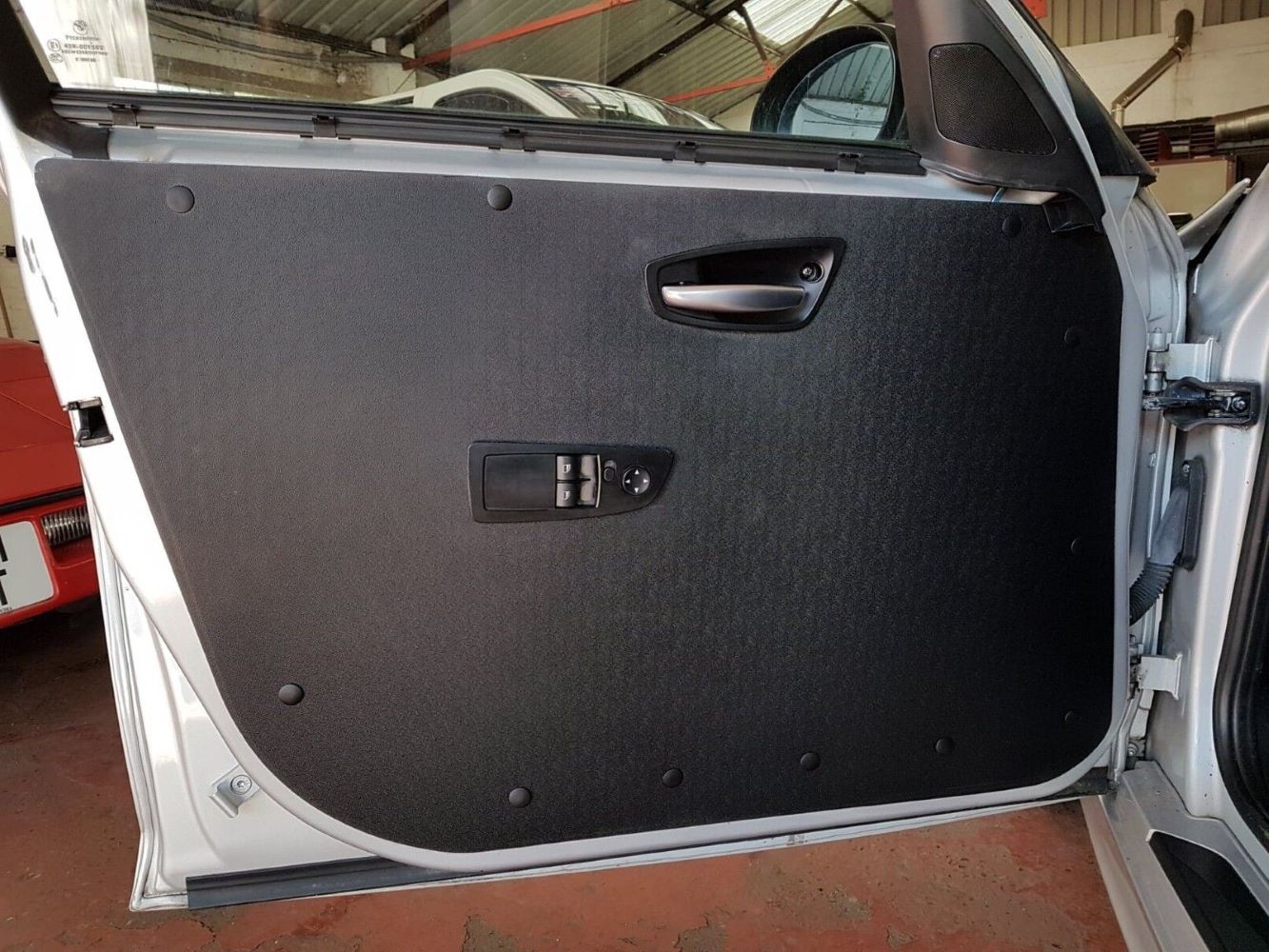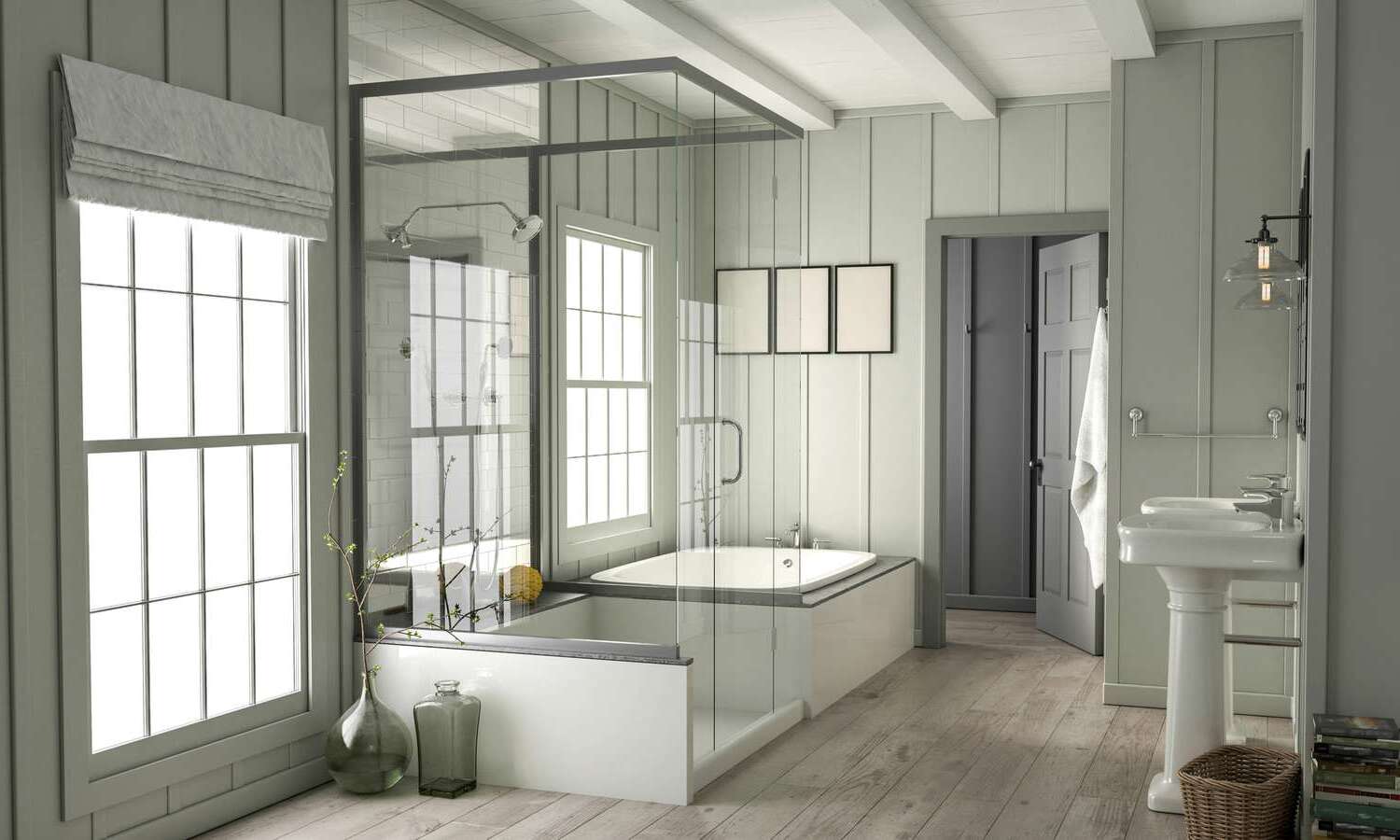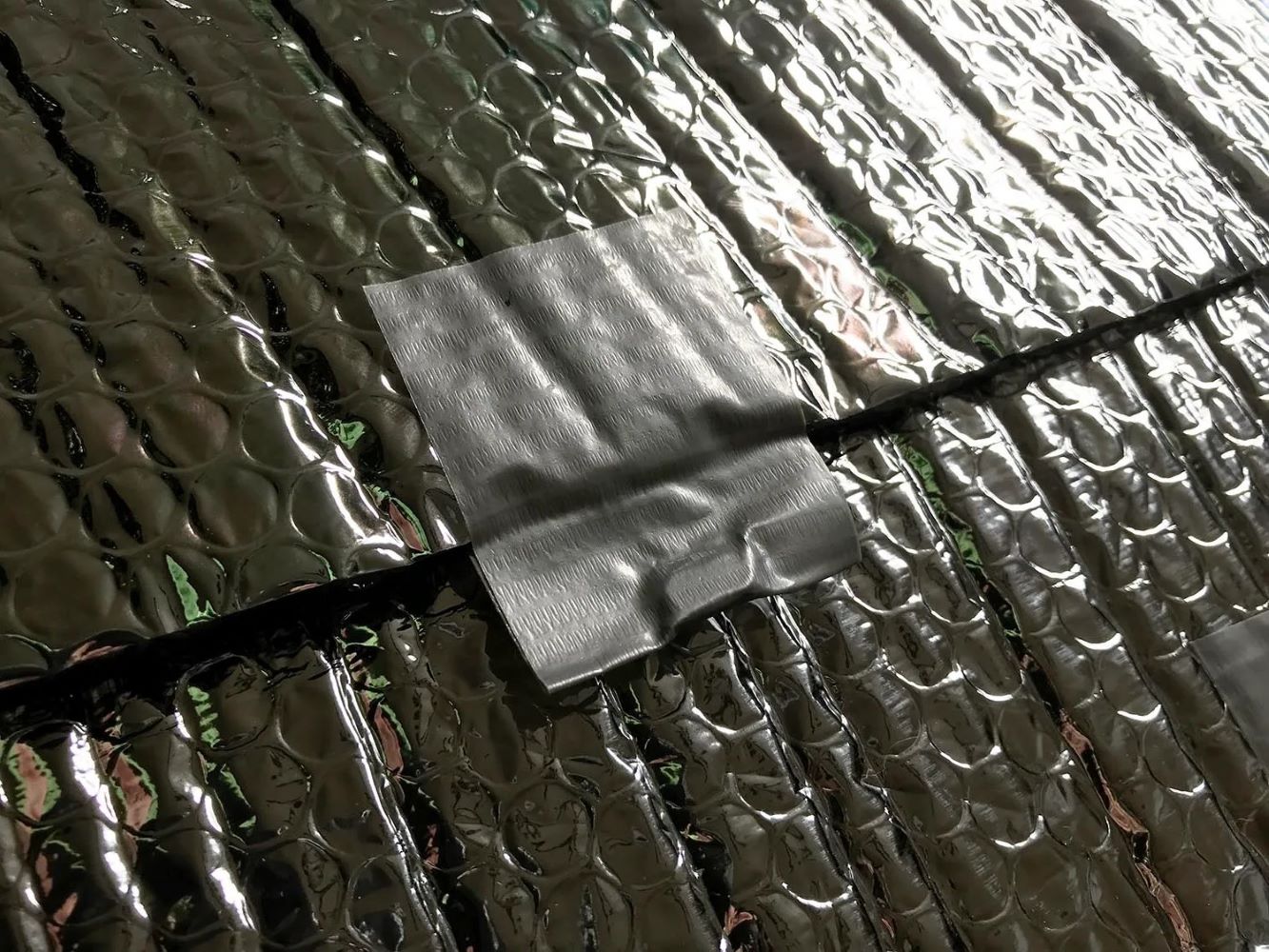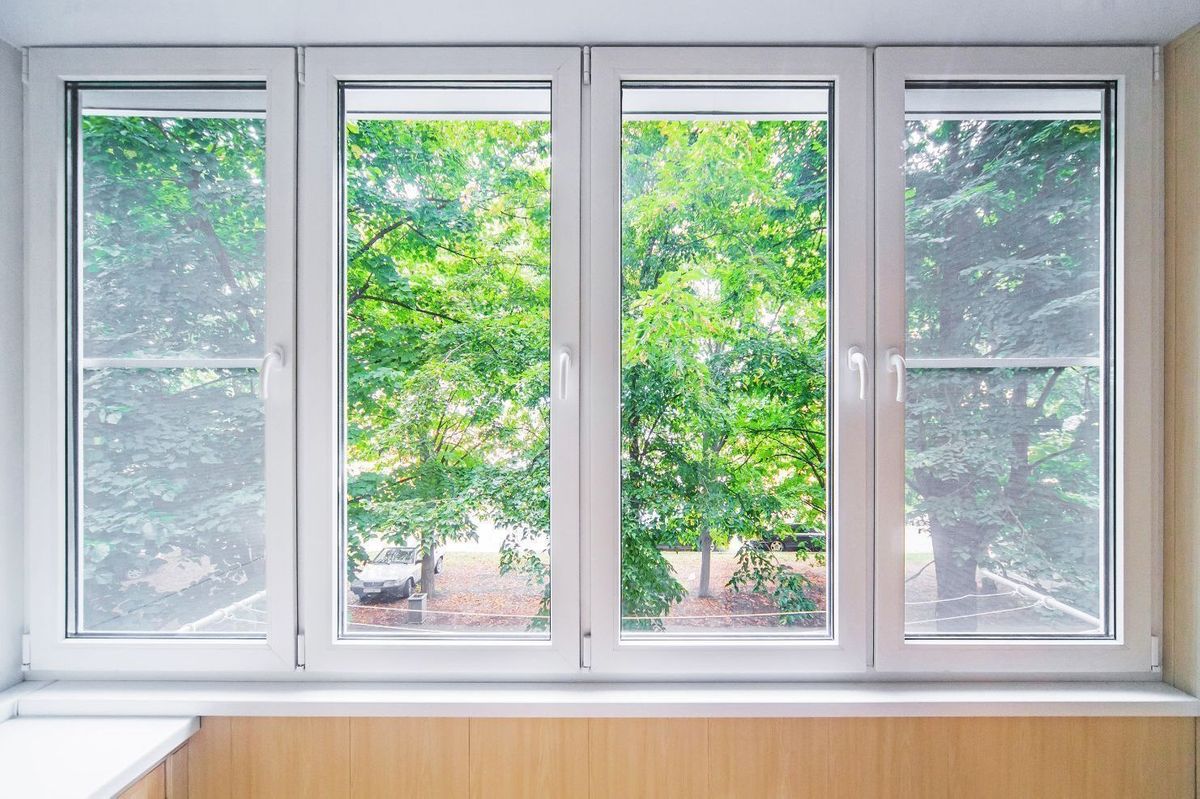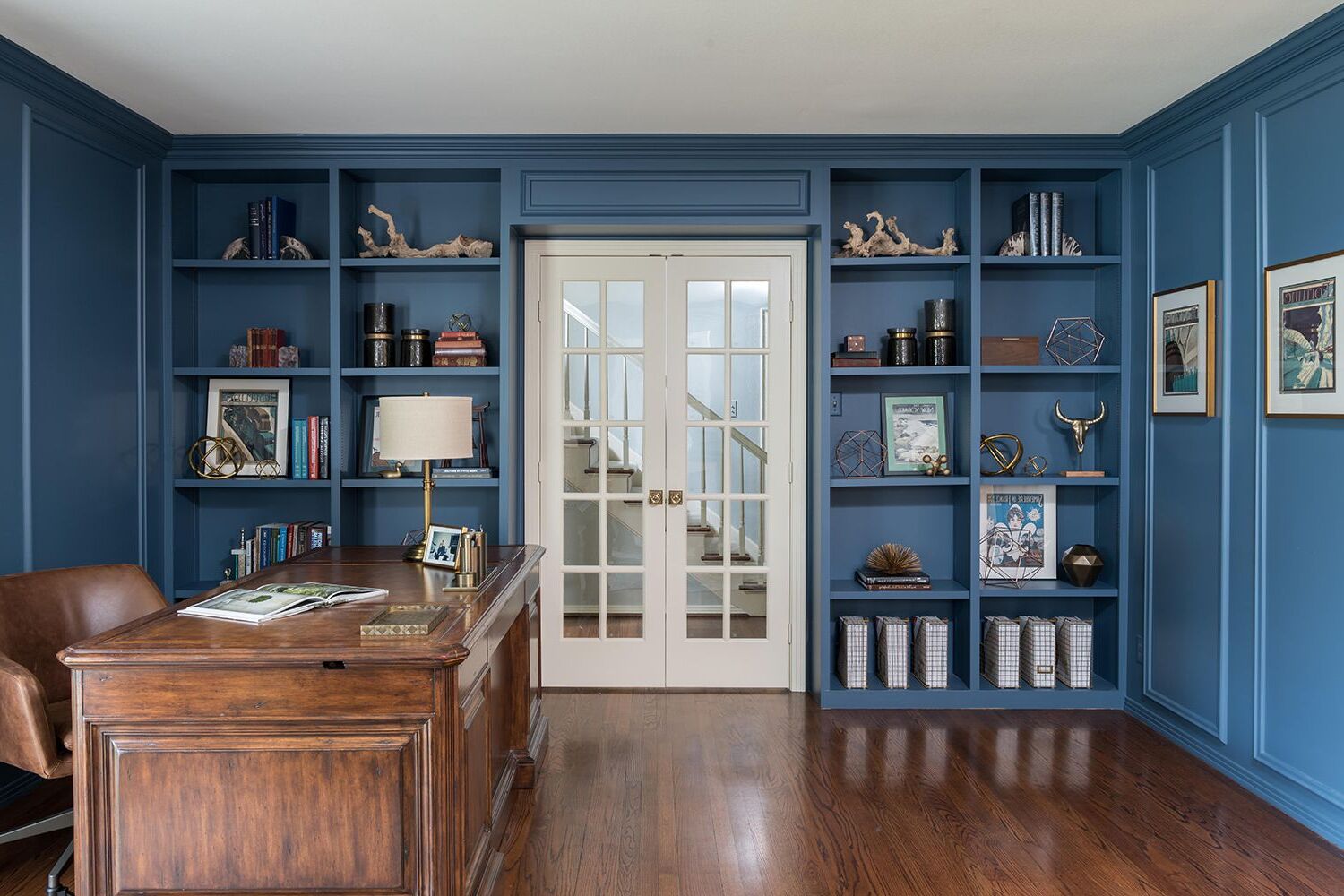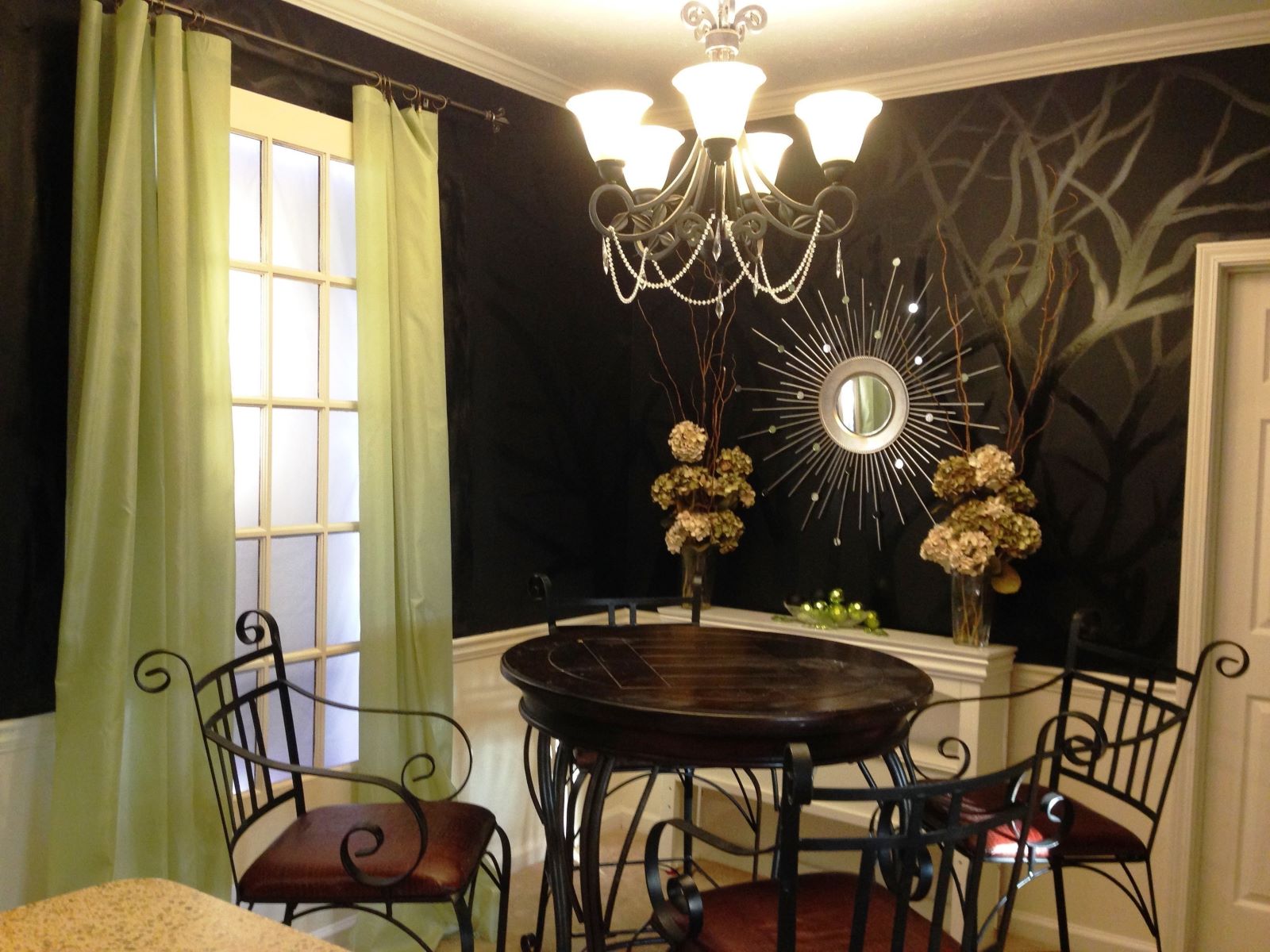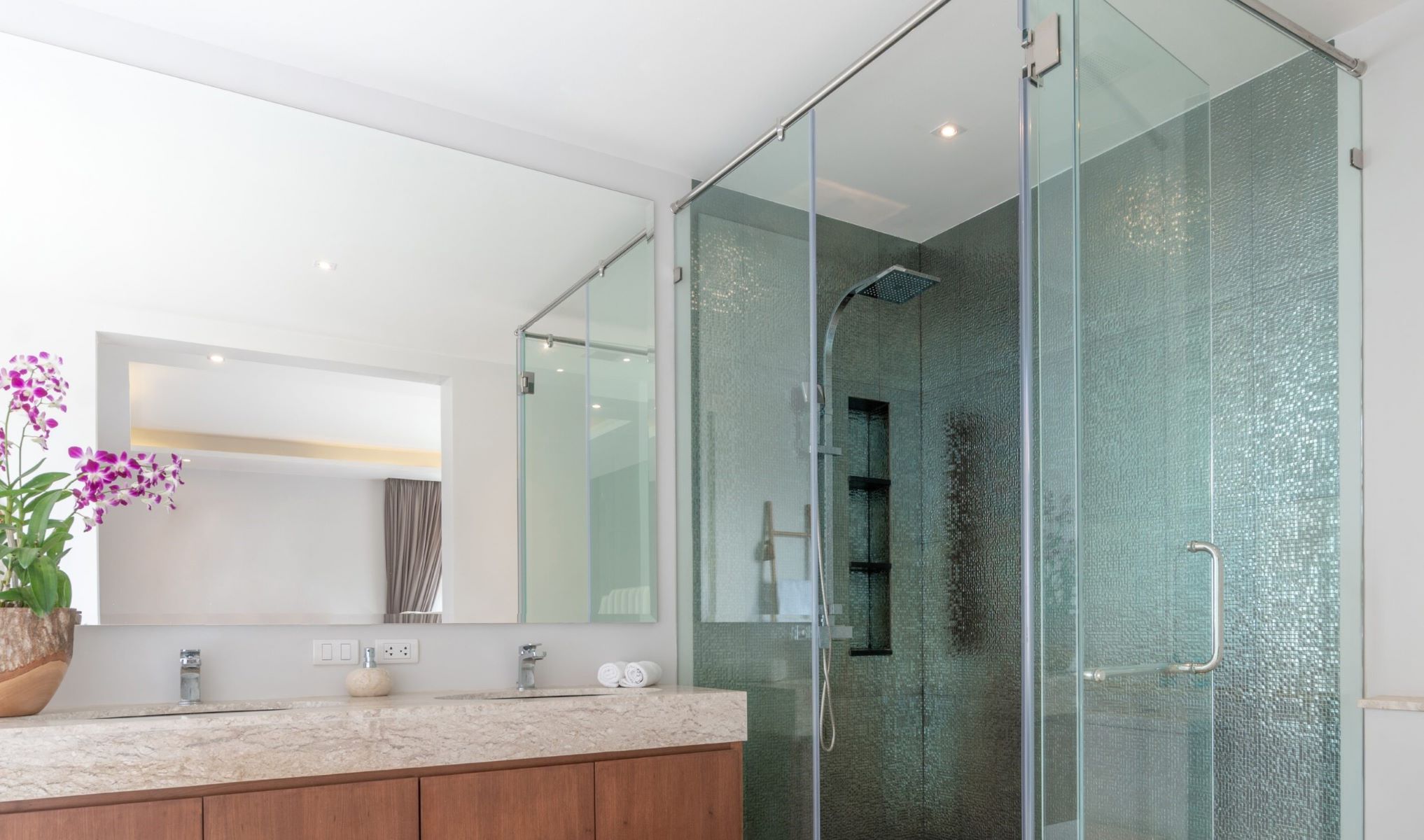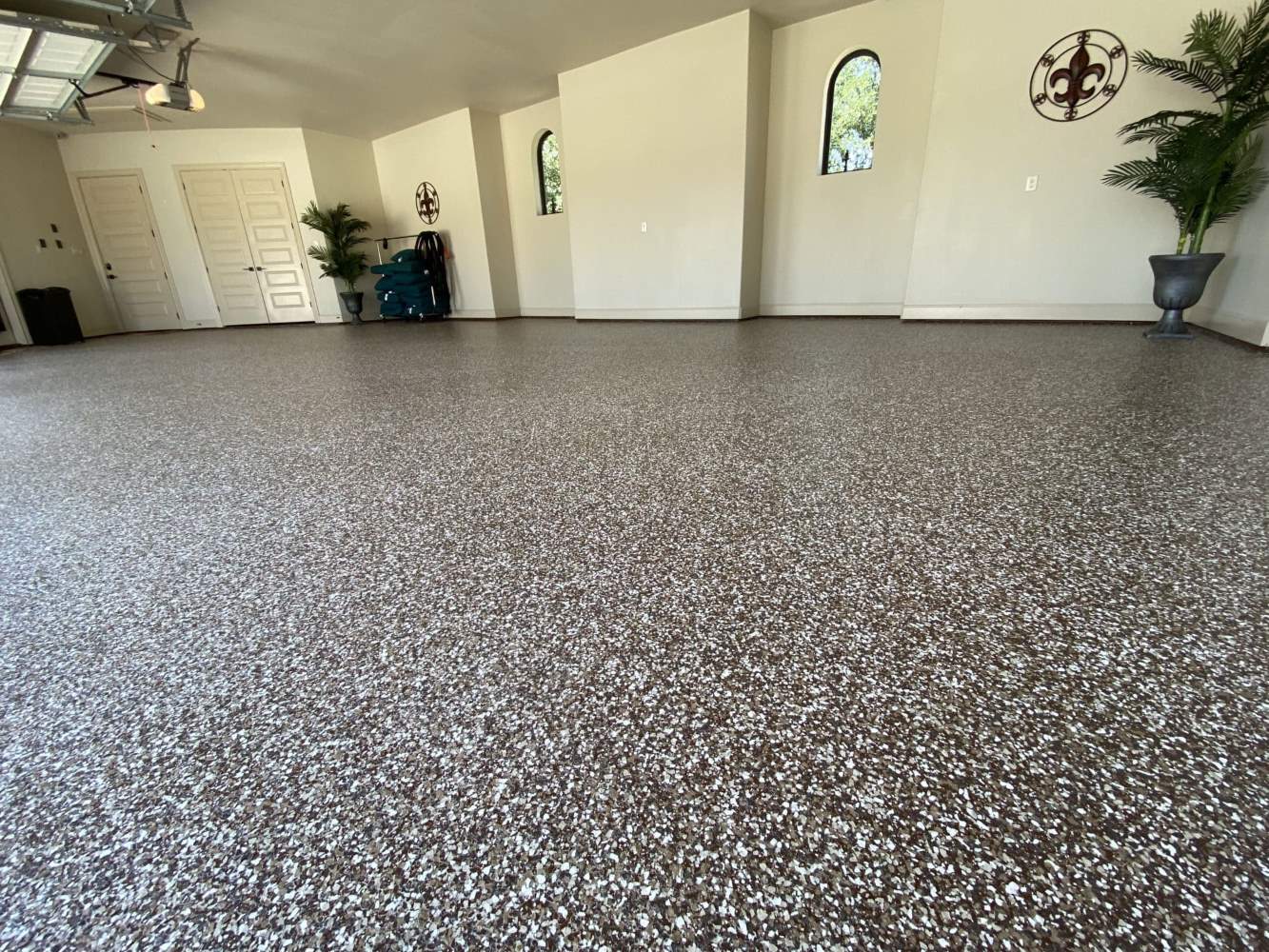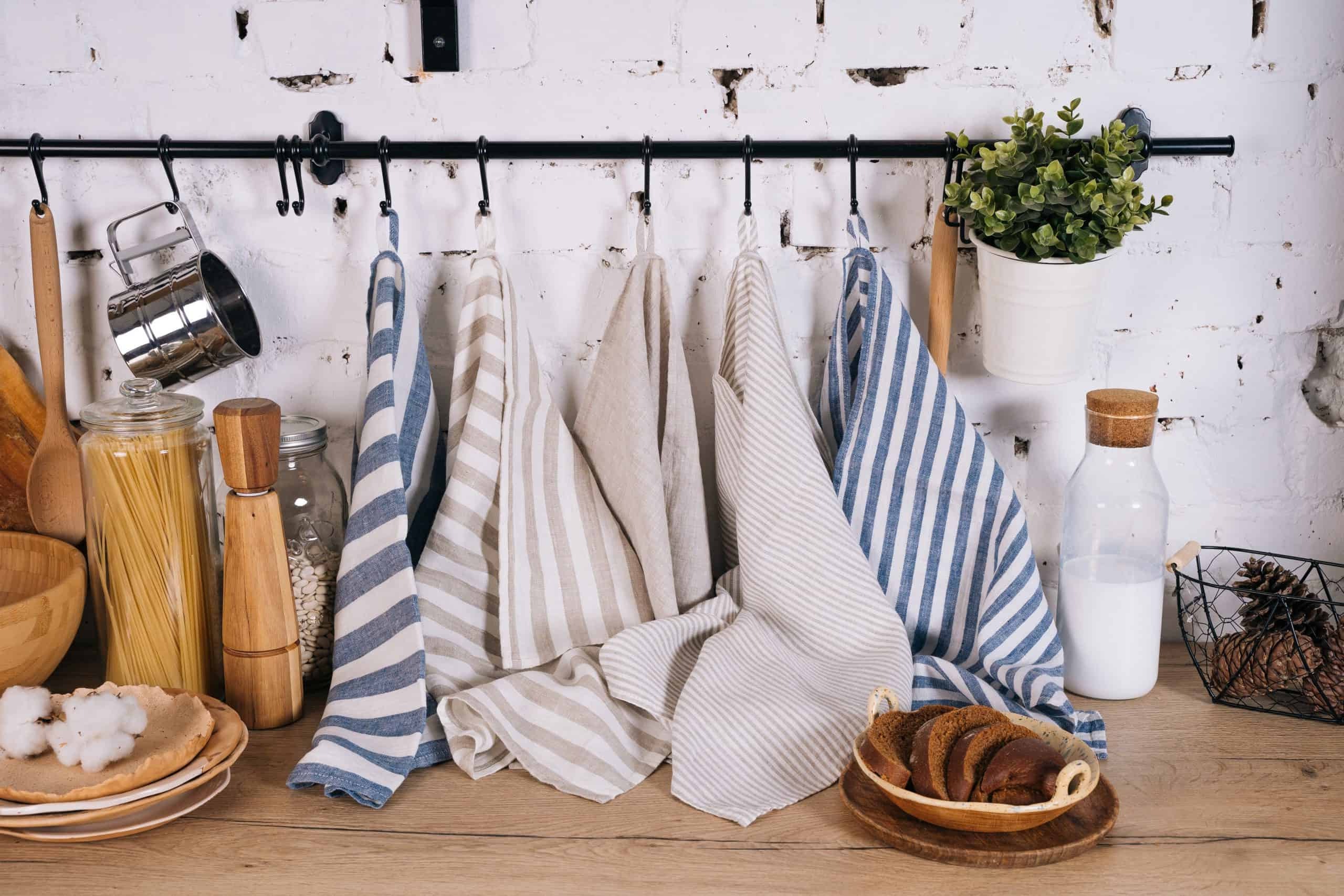Home>Create & Decorate>DIY & Crafts>How To Make An Easel
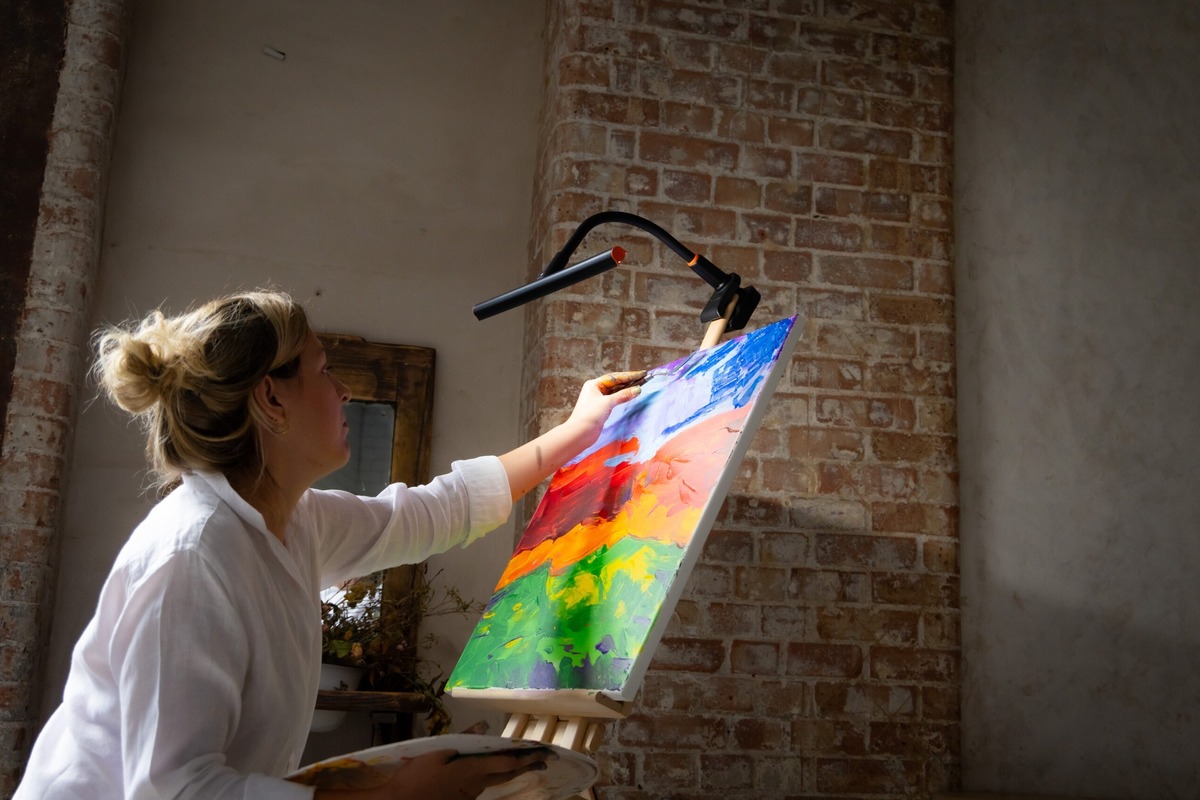

DIY & Crafts
How To Make An Easel
Published: May 30, 2024

Content Creator specializing in woodworking and interior transformations. Caegan's guides motivate readers to undertake their own projects, while his custom furniture adds a personal touch.
Learn how to make an easel with this easy DIY tutorial. Perfect for artists and crafters, this project is a great addition to your creative space. Discover step-by-step instructions and helpful tips. Start creating your own easel today!
(Many of the links in this article redirect to a specific reviewed product. Your purchase of these products through affiliate links helps to generate commission for Twigandthistle.com, at no extra cost. Learn more)
Introduction
Are you an aspiring artist or do you simply enjoy painting as a hobby? Having your own easel can make a world of difference in your creative process. Instead of purchasing one, why not try your hand at making your own? Not only is it a fun and rewarding project, but it also allows you to customize the easel to your specific needs and preferences. In this guide, we'll take you through the step-by-step process of creating your very own easel, so you can display your artwork with pride. Let's get started!
Read more: How to Soundproof a Door
Materials Needed
To build your own easel, you will need the following materials:
-
Wood: You'll need four pieces of wood for the frame, one for the support bar, and one for the back leg. Make sure the wood is sturdy and of good quality to provide stability for your easel.
-
Saw: A saw will be necessary for cutting the wood to the appropriate lengths. You can use a hand saw or a power saw, depending on your preference and access to tools.
-
Screws or Nails: These will be used to secure the pieces of the easel together. Make sure to choose the appropriate size and type for the wood you are using.
-
Drill: If you are using screws, a drill will be needed to create pilot holes and drive the screws into the wood. This will help prevent the wood from splitting.
-
Wood Glue: Using wood glue in addition to screws or nails will provide extra reinforcement for the joints of the easel.
-
Measuring Tape: Accurate measurements are crucial for ensuring that your easel is stable and functions properly. A measuring tape will help you achieve precision in your cuts and assembly.
-
Sandpaper: Sanding the wood will smooth out any rough edges and surfaces, giving your easel a professional and polished look.
-
Canvas Holder Hardware: Depending on the design of your easel, you may need specific hardware to attach the canvas holder. This could include brackets, clips, or other fasteners.
-
Paint or Stain (Optional): If you want to add a personal touch to your easel, you can choose to paint or stain the wood in a color that complements your workspace or personal style.
Gathering these materials will set you on the right path to creating your own functional and aesthetically pleasing easel.
Step 1: Cutting the Wood
The first step in making your own easel is to cut the wood to the appropriate lengths. Here's a breakdown of the wood pieces you'll need and their respective measurements:
-
Frame Pieces: You'll need two long pieces for the vertical sides and two shorter pieces for the top and bottom. The dimensions will depend on the desired size of your easel. For a standard easel, the vertical sides can be around 6 feet long, while the top and bottom pieces can be around 2.5 feet and 1.5 feet, respectively.
-
Support Bar: This piece will run diagonally from the top of the easel to the bottom, providing stability for the canvas. It should be cut to fit the height of the easel, with angled cuts at each end to ensure a snug fit.
-
Back Leg: The back leg will support the easel, preventing it from tipping over. It should be cut to a length that allows the easel to stand at a comfortable angle for painting. A common length for the back leg is around 3 feet.
Once you have the measurements, use a saw to carefully cut the wood to the specified lengths. Take your time to ensure accurate cuts, as precise dimensions are crucial for the stability and functionality of the easel.
After cutting the wood, use sandpaper to smooth out any rough edges or surfaces. This will not only improve the appearance of the easel but also prevent any splinters while handling the wood during assembly. With the wood pieces cut and smoothed, you're ready to move on to the next step in creating your homemade easel.
Step 2: Assembling the Frame
With the wood pieces cut to the appropriate lengths, it's time to start assembling the frame of your easel. Follow these steps to bring the frame together:
-
Position the Frame Pieces: Lay out the two longer pieces horizontally on a flat surface, with the shorter pieces positioned vertically between them to form a rectangular frame. Ensure that the corners are aligned properly for a neat and stable structure.
-
Securing the Corners: Using screws or nails, attach the shorter pieces to the longer pieces at each corner. Pre-drilling pilot holes can help prevent the wood from splitting when driving in the screws or nails. Applying wood glue along the joints before securing them will provide additional strength and stability to the frame.
-
Reinforcing the Joints: To further reinforce the joints, consider adding corner brackets to the inside of the frame where the pieces meet. This will help distribute the weight of the canvas and provide extra support for your artwork.
-
Checking for Stability: Once the frame is assembled, carefully stand it upright to check for stability. The frame should be sturdy and able to support the weight of a canvas without wobbling or tipping over. If necessary, make any adjustments or reinforcements to ensure the frame is solid and secure.
By following these steps, you'll have successfully assembled the frame of your easel, laying the foundation for the remaining components to be added. With the frame in place, you're ready to move on to the next stage of constructing your homemade easel.
Step 3: Attaching the Support Bar
The support bar plays a crucial role in providing stability to the easel and supporting the canvas while you work on your masterpiece. Follow these steps to securely attach the support bar to the frame:
-
Positioning the Support Bar: Place the cut support bar diagonally from the top corner of the frame to the bottom corner, ensuring that it fits snugly. The angle of the cuts at each end of the support bar should align with the corners of the frame for a seamless fit.
-
Securing the Support Bar: Using screws or nails, attach the support bar to the frame at both ends. It's essential to ensure that the support bar is firmly fixed in place to prevent any wobbling or shifting during use. Pre-drilling pilot holes can help guide the screws or nails and prevent the wood from splitting.
-
Reinforcing the Connection: To reinforce the connection between the support bar and the frame, consider adding additional screws or nails along the length of the support bar. This will provide extra stability and prevent any potential movement while working on your artwork.
-
Testing the Stability: Once the support bar is attached, gently test the stability by applying slight pressure to the bar. It should remain firmly in place without any significant give. This step ensures that the support bar is securely fastened and ready to hold the canvas in place.
By following these steps, you'll successfully attach the support bar to the frame, enhancing the overall stability and functionality of your homemade easel. With the support bar in position, you're one step closer to completing your personalized easel for your artistic endeavors.
Read more: How to Make Barn Door Locks
Step 4: Adding the Back Leg
The back leg of the easel is essential for providing stability and preventing it from tipping over while supporting a canvas. Follow these steps to add the back leg to your homemade easel:
-
Positioning the Back Leg: Place the cut back leg vertically at the back of the easel frame, ensuring that it extends at a comfortable angle to support the weight of the canvas. The bottom of the back leg should rest firmly on the ground to provide stability.
-
Securing the Back Leg: Using screws or nails, attach the back leg to the frame at the desired height. It's crucial to ensure that the back leg is securely fastened to the frame to prevent any wobbling or instability. Pre-drilling pilot holes can help guide the screws or nails and prevent the wood from splitting.
-
Reinforcing the Connection: To reinforce the connection between the back leg and the frame, consider adding additional screws or nails at different points along the back leg. This will provide extra stability and prevent any potential movement while working on your artwork.
-
Testing the Support: Once the back leg is attached, gently test the support by applying pressure to the easel. It should remain firmly in place without any significant give. This step ensures that the back leg is securely fastened and capable of supporting the easel and canvas.
By following these steps, you'll successfully add the back leg to your easel, enhancing its stability and ensuring a reliable support system for your artistic endeavors. With the back leg in place, your homemade easel is one step closer to being fully functional and ready for use.
Step 5: Attaching the Canvas Holder
Attaching the canvas holder is a crucial step in completing your homemade easel. The canvas holder provides the necessary support for your artwork while allowing you to adjust the canvas to your preferred working height. Follow these steps to securely attach the canvas holder to your easel:
-
Positioning the Canvas Holder: Determine the desired height for the canvas holder on the vertical frame of the easel. Mark the placement with a pencil to ensure accuracy.
-
Attaching the Hardware: Depending on the design of your easel, you may need specific hardware such as brackets, clips, or other fasteners to secure the canvas holder. Use screws or nails to attach the hardware to the frame at the marked placement. Ensure that the hardware is firmly fixed to the frame to support the weight of the canvas.
-
Securing the Canvas Holder: Once the hardware is in place, attach the canvas holder to the installed hardware. This could involve inserting the canvas into clips, sliding it into brackets, or using other fastening methods based on the chosen design. Test the stability of the canvas holder by gently adjusting the canvas to different heights. It should remain secure and stable without any wobbling or slipping.
-
Adjustment and Testing: After attaching the canvas holder, adjust the canvas to your preferred working height and ensure that it holds the canvas securely in place. Test the stability by applying slight pressure to the canvas in different positions. The canvas holder should maintain its position without any significant movement, providing a reliable support system for your artwork.
By following these steps, you'll successfully attach the canvas holder to your homemade easel, providing a functional and adjustable platform for your artistic creations. With the canvas holder securely in place, your easel is now fully equipped to showcase your artwork with stability and versatility.
Step 6: Finishing Touches
After completing the structural assembly of your homemade easel, it's time to add the finishing touches that will enhance its appearance and functionality. Here are the final steps to complete your personalized easel:
-
Smoothing and Sanding: Use sandpaper to smooth out any rough edges, surfaces, or corners of the easel. This step not only improves the overall look of the easel but also ensures that it is safe to handle without the risk of splinters.
-
Painting or Staining (Optional): If you desire a personalized touch, consider painting or staining the wood to complement your workspace or artistic style. Choose a color that resonates with your creative environment and apply the paint or stain evenly for a professional finish.
-
Protective Finish (Optional): To preserve the appearance and durability of the wood, consider applying a protective finish such as varnish or polyurethane. This will safeguard the wood from wear and tear while adding a subtle sheen to the easel's surface.
-
Adjustment and Testing: Once the finishing touches are applied, test the easel's stability and functionality by adjusting the canvas holder to different heights and angles. Ensure that the easel can securely hold a canvas without any wobbling or instability.
-
Personalization (Optional): Consider adding personal touches such as decorative elements, your signature, or inspirational quotes to the easel. These details can make your easel a reflection of your artistic identity and create a more inspiring workspace.
By adding these finishing touches, you'll transform your homemade easel into a functional, personalized, and visually appealing tool for showcasing your artwork. With the completion of these steps, your easel is ready to support your creative endeavors and proudly display your artistic expressions.
Conclusion
Congratulations! You have successfully completed the process of making your very own easel. By following the step-by-step guide and putting in the effort, you have not only saved money by creating a personalized easel but also gained a deeper appreciation for the craftsmanship involved. Your homemade easel is now ready to support your artistic journey, providing a sturdy and adjustable platform for your creative expressions. Whether you're a professional artist or an enthusiastic hobbyist, having a custom-made easel adds a special touch to your artistic space. Embrace the satisfaction of creating a functional tool that reflects your creativity and craftsmanship. Now, it's time to let your imagination flow and bring your artistic visions to life on the canvas, proudly displayed on the easel you've skillfully crafted. Happy creating!

